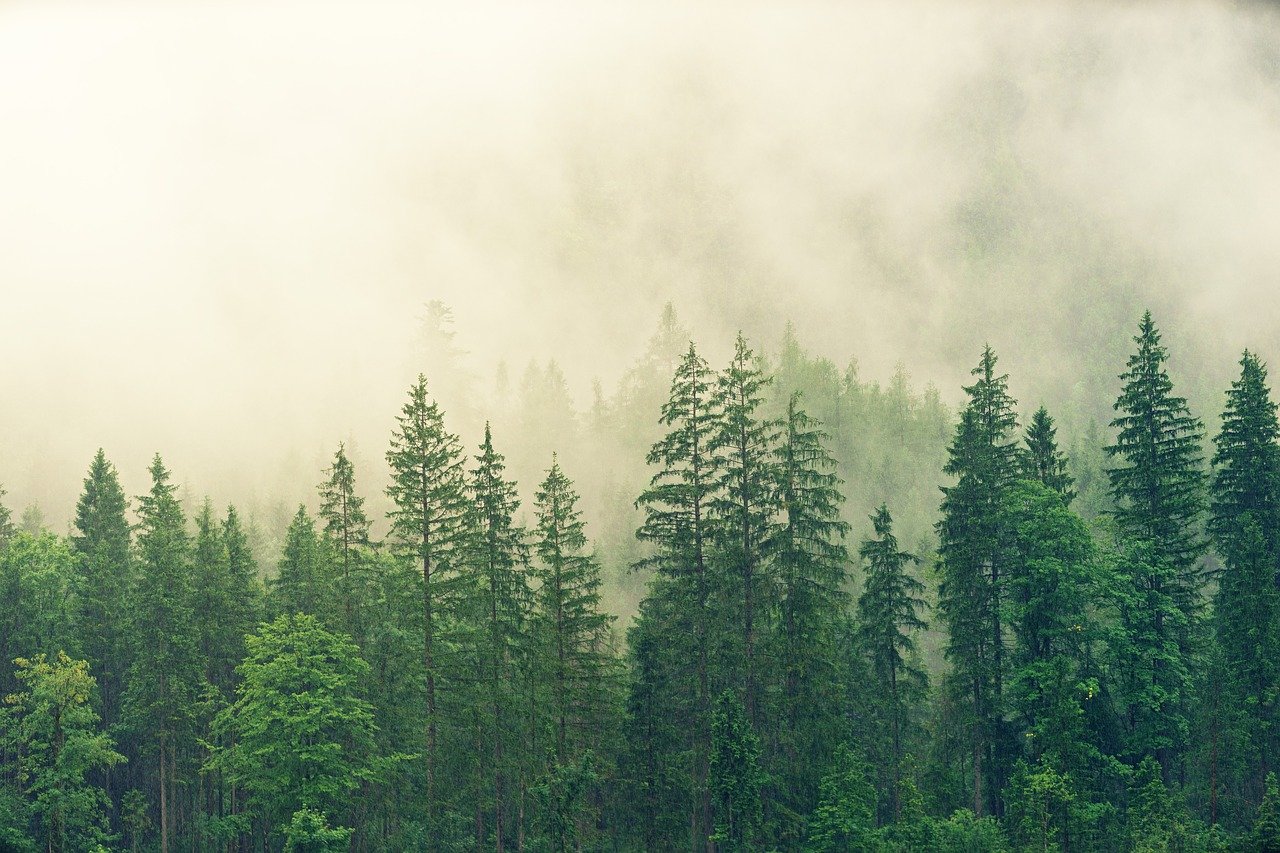
Pre-reading questions:
- Are you familiar with liquid gold?
- Do you have pine trees around your area?
Vocabulary:
- environment /en-VAHY-ruhn-muhnt/
- ignite /ig-NAHYT /
- disinfectant /dis-in-FEK-tuhnt/
- expert /EK-spurt/
- museum /myoo-ZEE-uhm/
[noun] – the air, water, and land in or on which people, animals, and plants live
More people think riding bicycles is better for the environment.
[verb] – to start burning, or to cause something to start burning
A spark from a campfire started the forest fire when it ignited some dry grass nearby.
[noun] – a substance that contains chemicals that kill bacteria and is used especially for cleaning surfaces in bathrooms and kitchens
Clean the infected area with disinfectant.
[noun] – a person with a high level of knowledge or skill relating to a particular subject or activity
She is an expert in training animals.
[noun] – a building where objects of historical, scientific, or artistic interest are kept
The museum is open to the public.
Article reading:
A quite diverse ecology emerges in the provinces of Segovia, Vila, and Valladolid. A thick, 400,000-hectare protected forest of fragrant resin pines reaches up into the hilly folds between the Tierra de Pinares and Sierra de Gredos mountain ranges. Various societies have employed pine resin for thousands of years. Pine resin was used to seal ships, cure burns, and ignite torches. It was also utilized as a disinfectant in ancient times. Technology helped transform the milky sap into plastics, varnishes, glues, tires, rubber, turpentine, and even food additives.
Blanca Rodrguez-Chaves, vice dean of the Faculty of Law at the Autonomous University of Madrid and an expert on environmental policies, believes that attracting more young people to live and work in these rural communities will boost the region’s ecotourism, with more businesses offering guided forest hikes and local museums hosting resin workshops.
True or False:
- Tapping pine trees can save rural communities while simultaneously benefiting the environment.
- Pine resin was used to seal ships, cure burns, and ignite torches.
- Technology helped transform the milky sap into plastics, varnishes, and glues.
- Bianca Rodrguez-Chaves is the vice dean of the Faculty of Law at the Autonomous University of Madrid.
- Bianca Rodrguez-Chaves is an expert on environmental policies.
Fill in the blanks:
| environment | ignite | disinfectant | expert | museum |
- She is an expert in the English language.
- She put some __________ on a piece of cloth.
- The firebomb did not __________ and caused only minor damage.
- We’re not doing enough to protect the ___________ from pollution.
- The __________ is closed on Mondays.